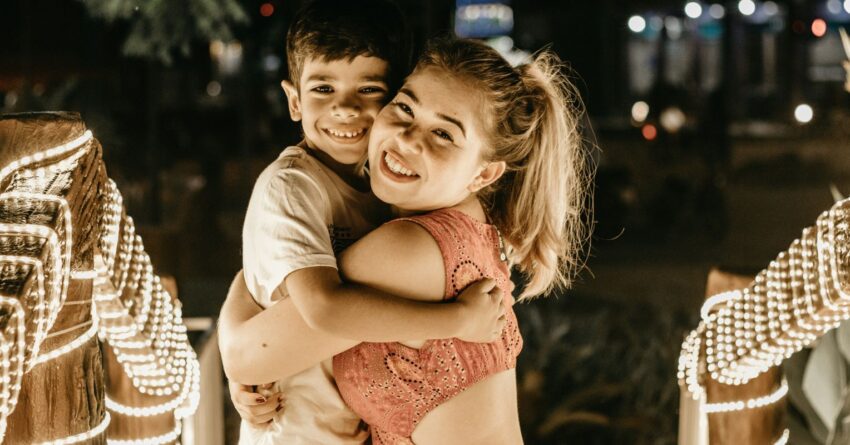
Kawe Rodrigues/Unsplash
As often as possible, I train horses by non-edible reward. It’s more effective and longer-lasting than the more commonly used technique of training by negative reinforcement. My reasons for relying mostly on non-edible rewards rather than food treats are explained elsewhere. They allow me to vary reward value according to task difficulty, which I find very useful.
For horses, non-edible rewards usually include stroking, speaking kindly, softening contact with the horse’s mouth, slowing to an easier gait, riding fluidly with the horse’s natural motions, praising, dismounting, or putting the horse away in her comfy stall or pasture near her friends.
Often, rewards must be used during the ride itself. For instance, if I want to reward a horse for floating with a softly raised back at a trot, I have to reward in a way that allows the movement to continue. In other words, rewards on a horse in motion are limited to movements that can be carried out while holding the reins at a trot, canter, or gallop, and sometimes in the air over fences or during a fast spin. This requirement limits me to stroking a horse’s neck with the back of my knuckles, speaking kindly, or using special words the horse knows as praise.
Equine brains are driven primarily by fear, so many of the rewards horse trainers offer occur when our mounts calm down or relax. For example, I stroke and praise when a nervous horse lowers his head or softens his neck while working. Both are physical signs that the horse’s autonomic nervous system is achieving relaxation.
The trouble pops up when people also stroke or praise a horse as a way to soothe her fears. In effect, this sort of soothing is equivalent to rewarding the horse for anxiety. But anxiety is opposite to the goal of relaxation that we desire. So in teaching riding students to reward their mounts, I often have to remind them not to stroke until after the horse relaxes. It’s a hard lesson to learn.
Timing is everything with any sort of training by association or consequence. With horses, we have a window of about 5 seconds maximum in which to offer a reward for desired behavior. It has to occur before the horse makes a new movement that could be mistakenly associated with reward, and… well, horses move all the time. Their bodies are designed to be in motion. So distinguishing between soothing anxiety and rewarding calmness can be very difficult.
This lesson is pertinent to training by non-edible reward in many other conditions as well. When we praise a human athlete for becoming calm under pressure, we have to be sure we are not soothing anxiety. Likewise, a young crying child might be soothed during her turmoil more than she is rewarded for becoming calm.
Of course, I’m not suggesting that a child be ignored until she stops crying, only that the soothing be separated in time and value from the reward. In other words, soothe in other ways—perhaps verbally—then reward with a higher value item, like a hug or more effusive praise, when the goal is achieved.
I’m also not suggesting that behavioristic training methods become a primary way of helping human beings to engage in good behavior. As a good cognitivist since the 1970s, I am quick to say that cognitive reasoning, verbal explanation, and emotional gentility are critical in teaching children and adults. But adding some training by association doesn’t hurt. Hugs, soft touches, and praise are useful ways of showing people we appreciate what they have done and would like to experience it again.
